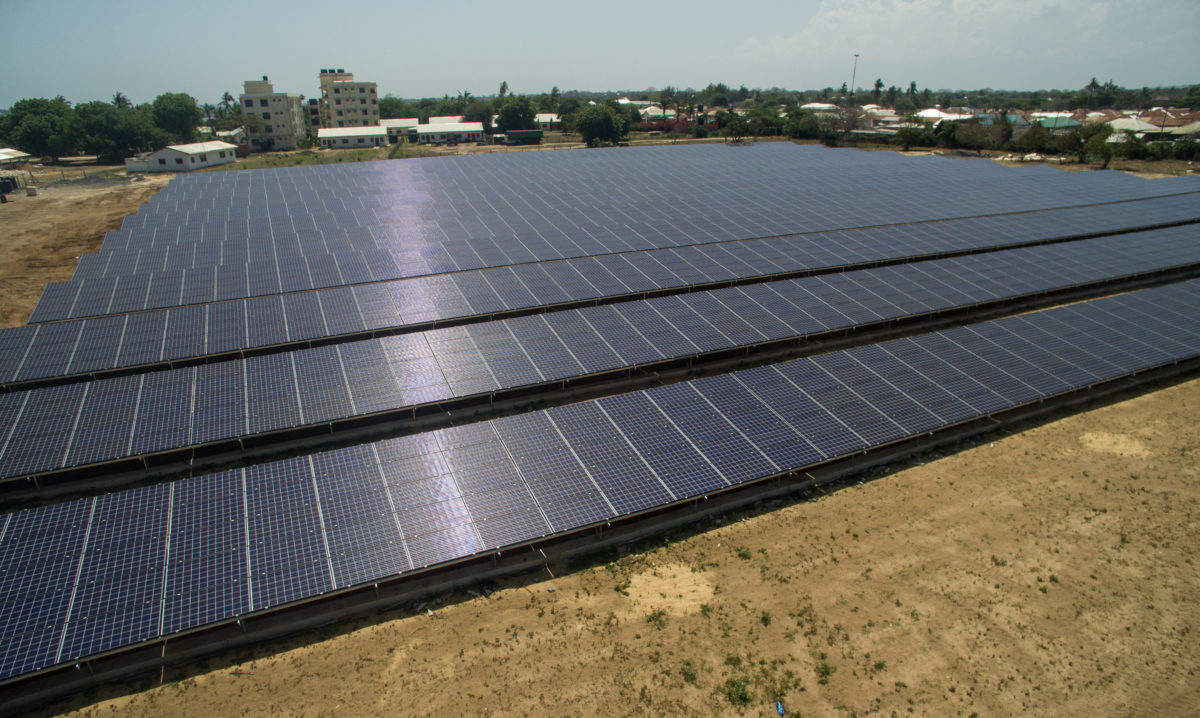Kenya’s Energy Regulatory Commission (ERC) has issued an Expression of Interest (EOI) to seek experts to undertake a study on the uptake of the PV technology in Kenya.
The regulator said the study is intended to assess the current status of the solar PV industry in Kenya, establish the capacity of installed solar PV systems, identify the factors hindering the uptake of the technology in Kenya, and recommend measures to enhance uptake.
Selected consultants or firms will have to identify the key players in the Kenyan solar PV industry and determine the capacity of the solar PV systems installed in the country in the different categories among other things. One of the most important tasks will be identifying any regulatory gap in the development of the PV technology and recommending actions to remove these obstacles. Interested experts must submit their bids by September 14.
Despite the limited development of solar in Kenya, several large-scale and off-grid PV projects are currently underway. A 50 MW project, the Garissa solar park, is being construction in an underserved county in the northwest of Kenya. The 12.8 billion KES ($116 million) project, which was originally announced in 2012, is being financed through concessional funding from the Government of the People’s Republic of China.
Furthermore, four more new solar PV plants of 40 MW capacity each, for which local power utility Kenya Power has already granted a PPA, are currently being planned in the country. Dr Frederick Nyang, director of economic regulation at Kenya’s Energy Regulatory Commission, told pv magazine that these projects will receive a tariff of US$0.12/kWh for the next 20 years according to the last revision of the FIT law in 2012. The four developers are: Eldosol, Radiant, Alten and Malindi Solar. They are all joint ventures between local and international firms.
Kenya introduced a feed-in tariff (FIT) policy for solar PV systems connected to the grid in 2008, and the tariffs were revised in 2010 and 2012. The tariffs were also supposed to be revised in 2015, but this didn’t happen. The government is currently considering a transition to an auction-based regime, due to the rapid decrease of PV costs.
As for the off-grid projects, the World Bank announced in August it will grant an International Development Association Credit of $150 million to the government of Kenya for the development of off-grid PV solutions for Kenya’s remote regions with no connection with the country’s power transmission network.
This content is protected by copyright and may not be reused. If you want to cooperate with us and would like to reuse some of our content, please contact: editors@pv-magazine.com.




1 comment
By submitting this form you agree to pv magazine using your data for the purposes of publishing your comment.
Your personal data will only be disclosed or otherwise transmitted to third parties for the purposes of spam filtering or if this is necessary for technical maintenance of the website. Any other transfer to third parties will not take place unless this is justified on the basis of applicable data protection regulations or if pv magazine is legally obliged to do so.
You may revoke this consent at any time with effect for the future, in which case your personal data will be deleted immediately. Otherwise, your data will be deleted if pv magazine has processed your request or the purpose of data storage is fulfilled.
Further information on data privacy can be found in our Data Protection Policy.